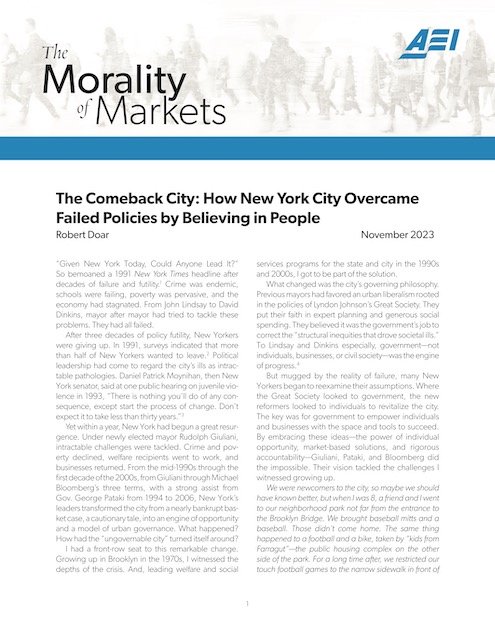By Simon A. Cole and Juan R. Sandoval
Police misconduct represents a profound societal issue with far-reaching consequences. Its detrimental effects encompass the discriminatory application of laws, harassment, physical violence and murder, corruption, wrongful arrests and wrongful convictions.1 These concerns are particularly pressing for underserved communities of color, where heightened levels of police contact and incarceration have effectively eroded the legitimacy of law enforcement.2 While police misconduct has been a long-standing concern, it has garnered heightened attention in recent years, primarily fueled by extensive media coverage of egregious acts of police violence, such as the killings of Michael Brown, George Floyd, and Tyre Nichols. An important recent concern about police violence has been the problem of “repeat offenders”— instances of police misconduct are not isolated events but rather involve particular officers who engage in misconduct repeatedly, with impunity. Discussion of this issue has focused on two key aspects: first, the existence of officers with extensive histories of misconduct that are often concealed from criminal defendants, judges, reporters, and the public; and second, the phenomenon of the “wandering officer” who commits misconduct in a particular department, is fired or leaves that police force, and then is hired by another police department in a different jurisdiction, where stakeholders are unaware of that officer’s history.3 The first issue came to light when it was revealed that in certain jurisdictions, including Los Angeles County and Baltimore, prosecutors maintained undisclosed “do not call” lists of police officers who should not be presented as witnesses in criminal trials due to their known histories of misconduct, perjury, or both. 4 The second problem came to light through the exposure of several infamous cases in which police officers effectively erased records of serious misconduct, secured more widely accessible to stakeholders. This type of information has historically enjoyed legal protection, making it challenging for the public to access in numerous states.6 Notable disclosure efforts include the Invisible Institute’s publication of Chicago police misconduct data on a dedicated website, 7 and the New York Legal Aid Society's creation of a mobile device “app” designed for recording and accessing public information about individual police officers, which subsequently gained national traction through the National Association of Criminal Defense Lawyers.8 Finally, there have been persistent lobbying efforts aimed at persuading legislators to increase the transparency of information related to police misconduct for the general public. In California, these lobbying efforts have succeeded. In 2019, the legislature enacted new laws transforming the state from one that “without question, had the worst laws governing the disclosure of adjudicated findings of police misconduct” to one with “some of the strongest transparency laws” in the U.S.9 A consortium of stakeholders, including academic institutions, civil rights organizations, journalists, public defenders, and innocence organizations (including the National Registry of Exonerations), has formed the California Law Enforcement Accountability Network (CLEAN) to coordinate efforts of gathering, archiving, analyzing, and making public this newly accessible data.10 This report seeks to support these initiatives by exploring possible uses of information from the National Registry of Exonerations. This online publicly accessible archive contains data and narratives about all known exoneration cases in United States history. Police misconduct is important to the Registry because it is widely recognized as one of the key contributors to wrongful convictions in the United States. Police misconduct contributed to 43% of the wrongful convictions that resulted in exonerations since 1989.11 In addition, the Registry tracks clusters of exonerations through its Groups Registry. This includes exonerations centered around notorious rogue officers, such as former sheriff's deputy Tom Coleman in Tulia, Texas, former Sergeant Ronald Watts in Chicago, and Rafael Perez, the former Los Angeles Police detective at the heart of the Rampart scandal.
Ann Arbor: National Registry of Exonerations, 2023. 13p.





















